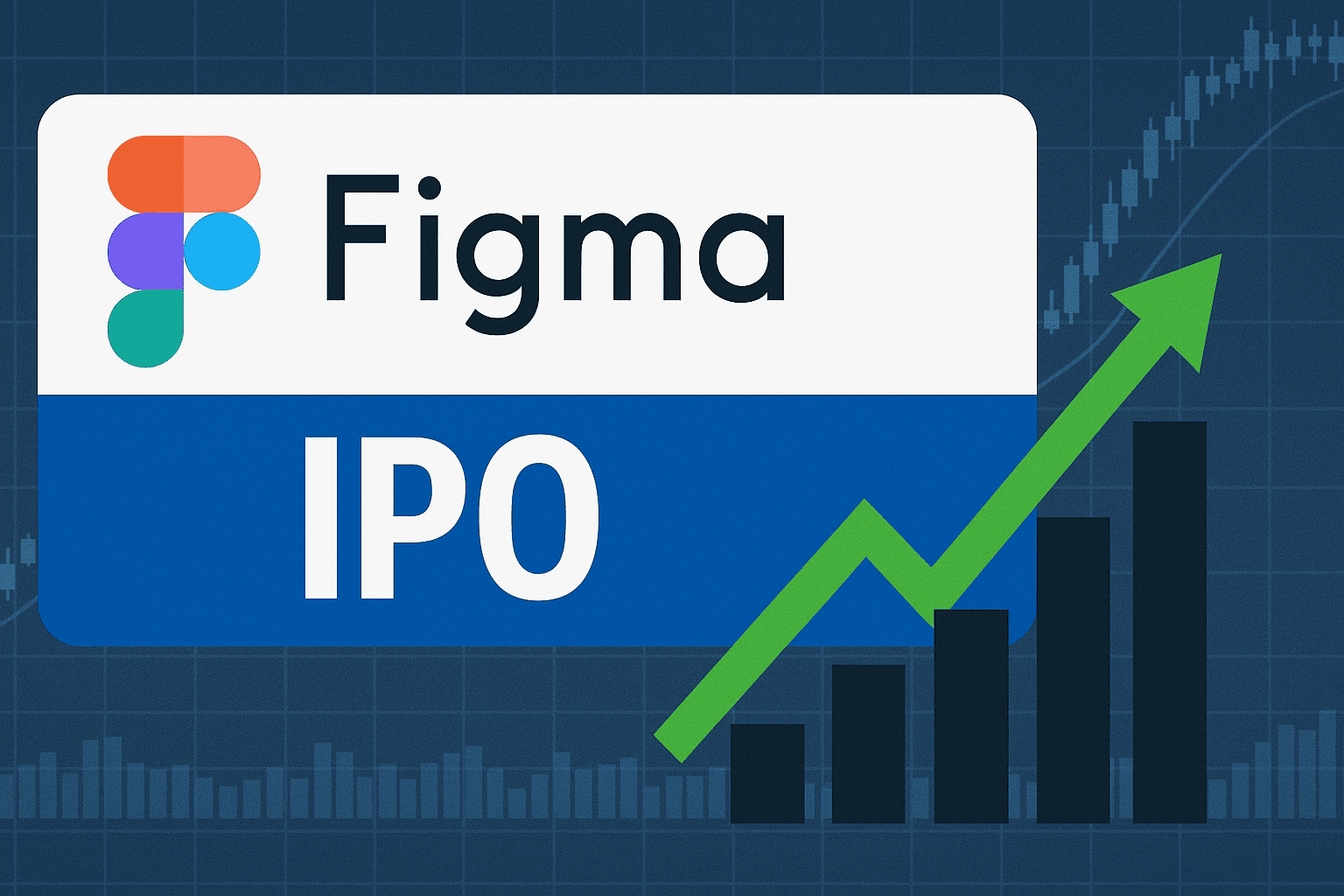When it comes to business web design and development projects, there is a big difference between fad and function in terms of design and functionality. As artists, we are always trying new ways to embellish the user experience –and as designers we are careful to make our message available in the simplest, most natural way.
Both software and web design should find some inspiration here. Finding the balance between fresh and functional is always a struggle, so we’ve compiled a list of fads worth embracing and a list to ignore. Enjoy!
Design Fads to Ignore
1. Giant Sticky Navigation Headers
They take up over 150 pixels in height and make an enormous portion of browsing traffic feel claustrophobic. And if your responsive website theme doesn’t resize enough for mobile devices well enough and it’s still 100+ pixels after optimising for a smaller screen size, your visitors might fall off earlier on than they would if it were smaller.
Simply put, large stick navigation headers increase bounce rates, and might take up too much screen space on mobile. Corporate Interactive works with Telstra and has encountered these same exact problems but were able to resolve them.
2. Low Contrast
Websites with lower contrast usually run into a number of problems. Gray and/or thin fonts typically don’t render well across all devices, and a lack of contrast creates a lack of direction as any given call-to-action may not be clear to visitors. And not everyone is viewing your website in a cubicle; contrast also affects how impervious your website is to screen glare and battery-saving screen dimming options.
3. Thin Fonts
This one deserves its own point on the list; yes, thin print is in style, and yes it looks good when executed properly. However, without all of the traditional planning required to properly asses the suitability of a font –and testing each across devices, screen sizes, etc— switching to a thin font for the sake of a fad can cost you website visitors.
4. Messing with Scroll
Some website designers like to change the impact or velocity on scroll bars found within web pages and applications. This changes the response that users are expecting, and may not be good for retaining traffic.
Software developers in Sydney by Corporateinteractive.com.au all agree on this one. It’s a minor annoyance but it’s a constant one because it affects your whole website; “scroll hijacking” is popular with heavy rich media website pages; from parallax to a unique layout for storytelling, altering scroll range or sensitivity can be useful under specific circumstances but it isn’t suggested to turn on site-wide scroll changes.
5. Weak Carousels
Fancy pants design-heavy carousels that don’t address a purpose-driven business need are nothing more than naval gazing. As soon as you stop publishing for your audience, you’re going the wrong way.
In addition to not including calls to action; having terrible carousel navigation, auto-starting music or sound, or having too many or too little number of slides are all reasons why some carousels are just weak. A bad carousel is the internet’s clammy handshake, folks.
In Conclusion
As with anything in design planning, just because you might see someone else in your industry employing some new design fads –let the dust settle and evaluate their usage where your own business needs are concerned.




